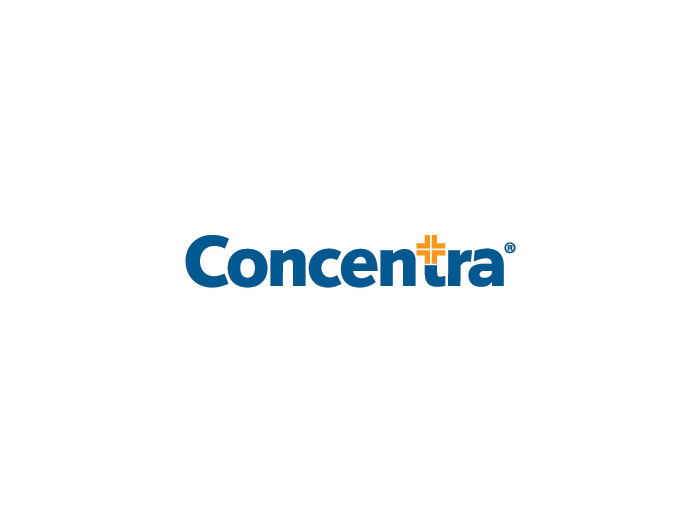OSHA Compliance
Safety Group Opposes e-Reporting Rule

A proposal to require companies to electronically report their injury and illness records may do more harm than good. The American Society of Safety Engineers said it’s not clear how the proposed rule would enhance workplace safety, and it may have unintended consequences.
ASSE submitted a letter to OSHA on its proposed rule, Improve Tracking of Workplace Injuries and Illnesses. It includes the following requirements:
Establishments with 250 or more employees would need to electronically submit their injury and illness records to OSHA on a quarterly basis and summary data annually.
Establishments with 20 or more employees would electronically submit the annual summary form.
Upon notification, employers would be required to electronically submit to OSHA specified information from the records they keep, or would keep, under Part 1904.
 “ASSE does not believe that OSHA has explained adequately how the collection of the information will actually improve workplace safety or how OSHA will manage the information that it would collect,” the safety organization wrote. “ASSE also believes that publication of the information will make more difficult the efforts of safety professionals to focus companies on prevention of hazards rather than just reporting of injuries. For these reasons, ASSE requests that OSHA withdraw the proposed rule until the agency can develop clearer objectives and a stronger rationale for this initiative.”
“ASSE does not believe that OSHA has explained adequately how the collection of the information will actually improve workplace safety or how OSHA will manage the information that it would collect,” the safety organization wrote. “ASSE also believes that publication of the information will make more difficult the efforts of safety professionals to focus companies on prevention of hazards rather than just reporting of injuries. For these reasons, ASSE requests that OSHA withdraw the proposed rule until the agency can develop clearer objectives and a stronger rationale for this initiative.”
OSHA announced the proposed rule in November and allowed a 90-day comment period, and subsequently extended the comment period to mid-March. The agency said the plan does not add new requirements to keep records, it merely modifies an employer’s obligation to transmit them to OSHA.
Among ASSE’s concerns is what it says are “inconsistent explanations” about the impact of the rule.
“For example, OSHA has tried to minimize the impact of the rule by saying that it is the same information collection and publishing as has been done for the past several years under the OSHA Data Initiative except that it would cover more establishments,” the letter states. “However, as OSHA acknowledged at the public meeting in January, it is not just the number of establishments that would be increased, but also additional detailed information that is collected and would be published on each individual establishment. OSHA’s failure to acknowledge the differences between the ODI and the collection of information under the proposed rule does not give assurance that the impacts of the proposed rule have been thoroughly considered.”
ASSE also says OSHA has not explained how the changes will improve workplace safety despite additional costs to employers and the agency. “Does OSHA need this information to target inspections better than it now does?” the letter asks. “For what other surveillance and data collection uses, in addition to targeting enforcement, does OSHA need such data from so many employers? How does OSHA foresee using it to identify locations and hazards needing ‘intervention’?”
Rather than encouraging employers to enhance safety, ASSE says it might have the opposite effect. As the letter explains, companies committed to safety already understand how to avoid public scrutiny by having in place effective systems to protect workers.
“For companies whose commitment to safety needs improvement, most safety and health professionals do not see this approach as an effective way to motivate them,” ASSE says. “Instead, from our members’ front line experience dealing with such companies, this effort has the very real potential of creating a powerful incentive to hide problems, thus making safety and health professionals’ work in convincing, selling, and motivating such employers more difficult.”
Finally, the safety group says the rule would make employers take more of a number-centered approach to safety and health.
“Public release of numbers and rates of injuries by establishment will cause many employers to use their resources to address ‘trailing,’ not ‘leading’ indicators,” the letter says. “As OSHA itself knows, ‘trailing’ indicators focus an organization on safety after the fact of an injury or fatality. ‘Leading’ indicators better focus an organization on the best practices that prevent injuries and fatalities. ASSE is concerned that this proposal, and the additional attention that a national database of injury rates and numbers will attract, works against the professions’ years of effort in moving workplace safety towards ‘leading’ indicators. While safety and health professionals will continue their effort no matter where OSHA asks companies to focus, this proposal only hinders their efforts.”










